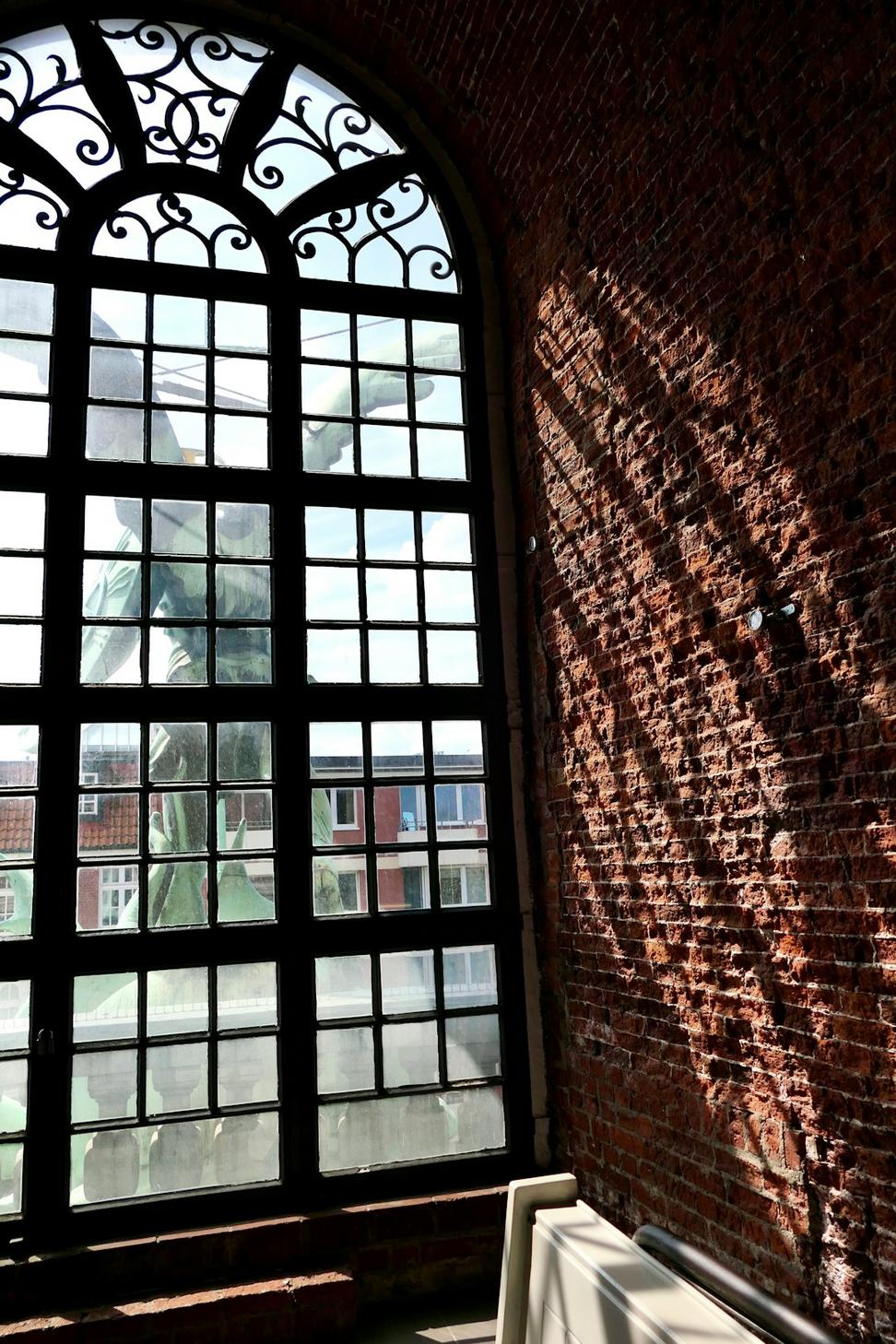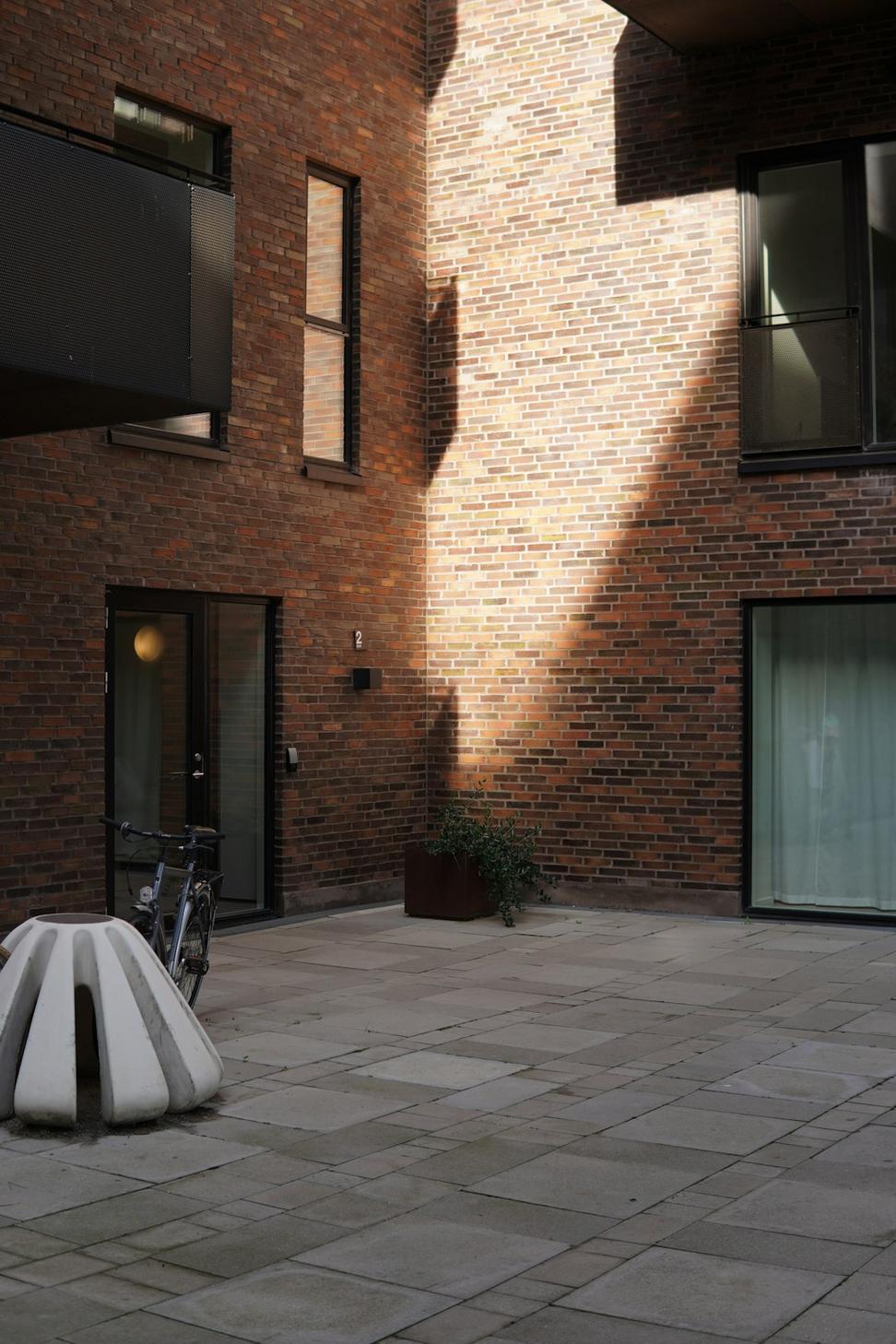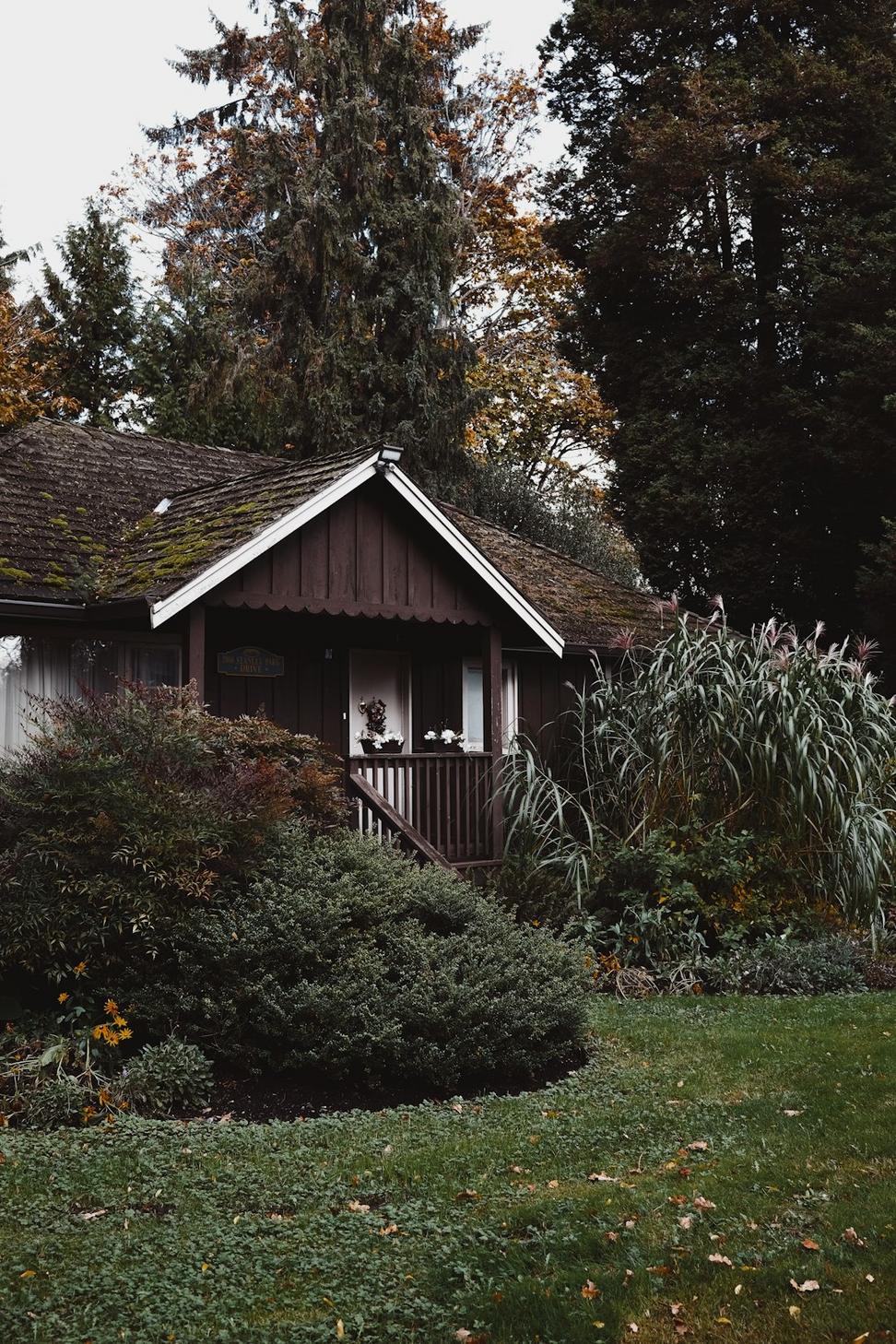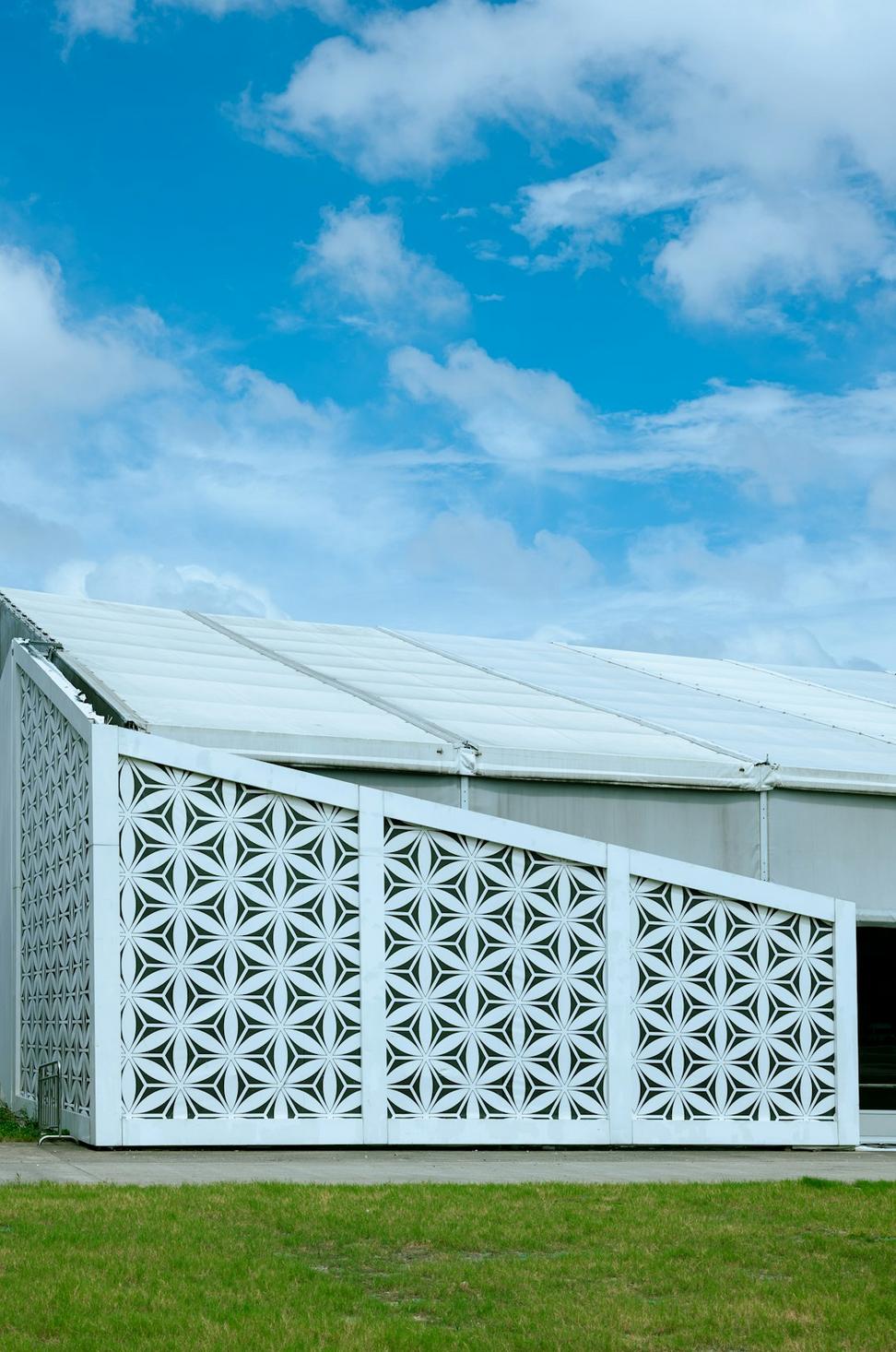How We Actually Do This
Sustainability isn't a checkbox for us - it's baked into every decision from day one. Here's what that looks like in practice.
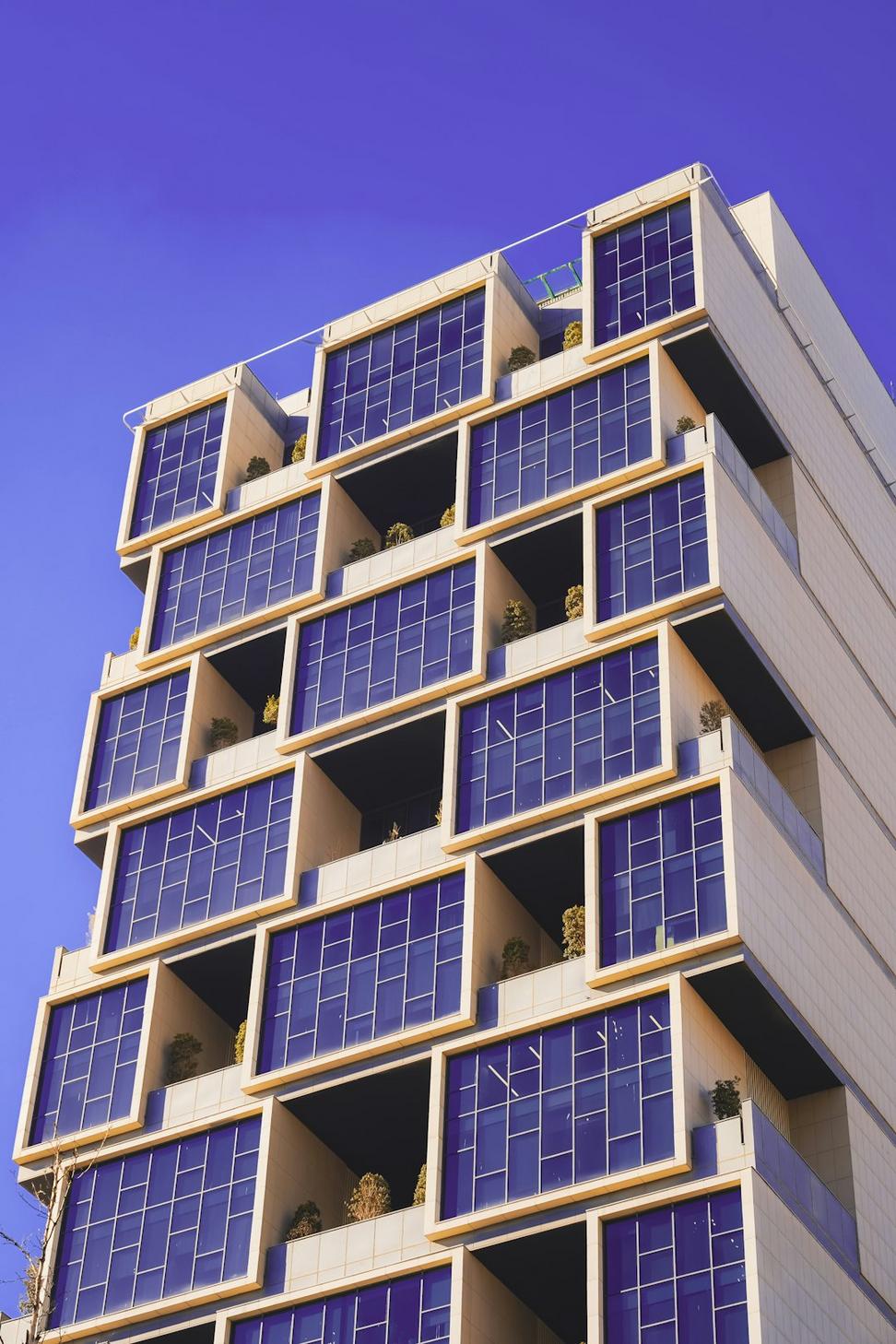
Energy Performance First
We're kinda obsessed with building envelopes - probably more than normal people should be. But there's a reason: a tight, well-insulated envelope means you need way less mechanical equipment to keep people comfortable.
- Passive solar design that actually works with Toronto's climate
- High-performance glazing (triple-pane where it makes sense)
- Integrated renewables - solar, geothermal, you name it
- Smart building systems that learn from occupant behavior

Material Honesty
The greenest material is the one you don't use. Second greenest? The one that's already here. We prioritize reclaimed, recycled, and locally-sourced materials whenever possible.
- Life cycle assessments for major material decisions
- Low-VOC finishes (your lungs will thank you)
- Timber from FSC-certified sources
- Salvaged materials from heritage projects get new life
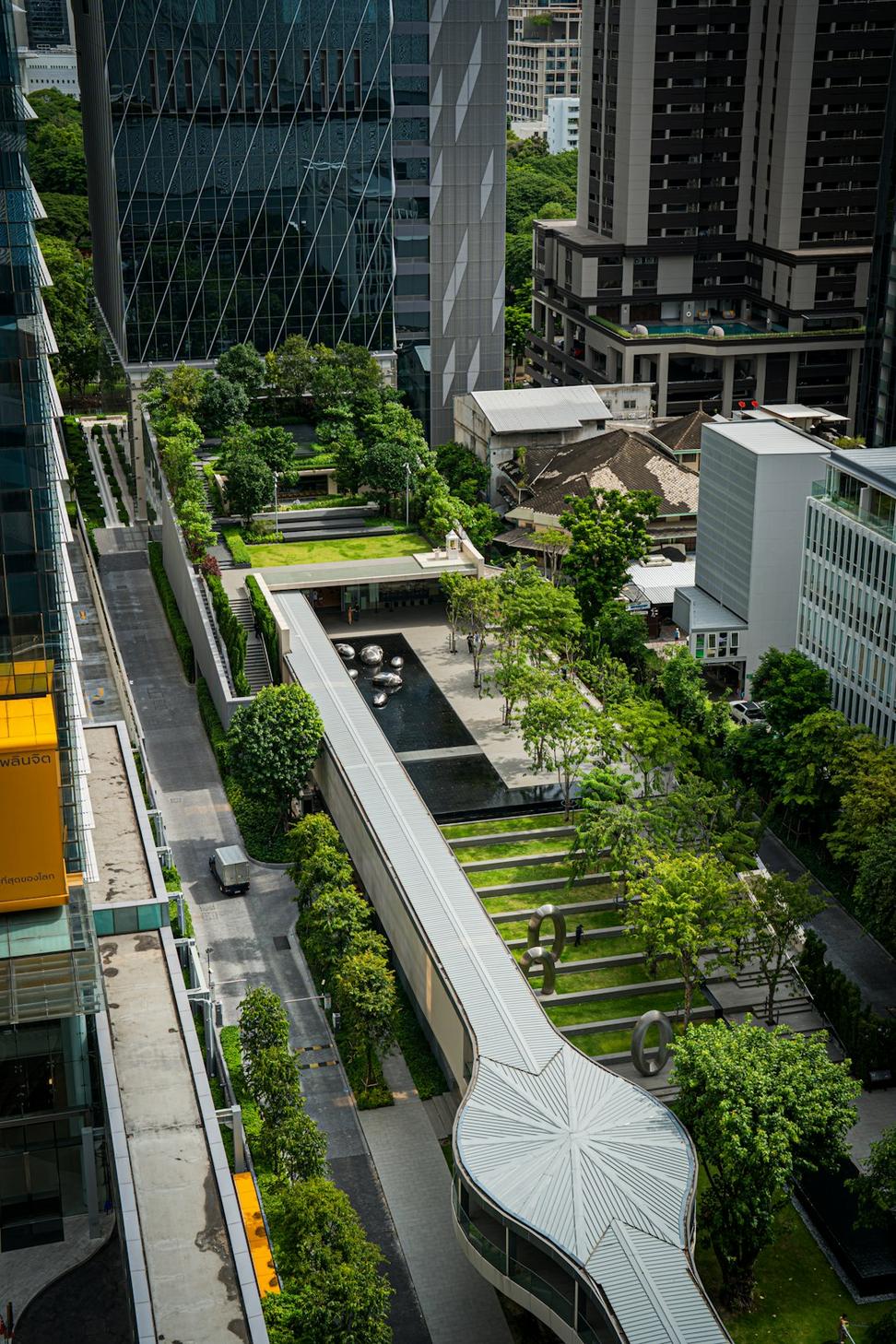
Biodiversity Matters
Cities don't have to be concrete deserts. We're big believers in green roofs, native plantings, and creating habitats for pollinators. It's not just about looks - urban biodiversity is crucial.
- Green roofs that actually support local ecosystems
- Bioswales for stormwater management
- Bird-friendly glazing (Toronto's a major migration route)
- Urban agriculture spaces where feasible
